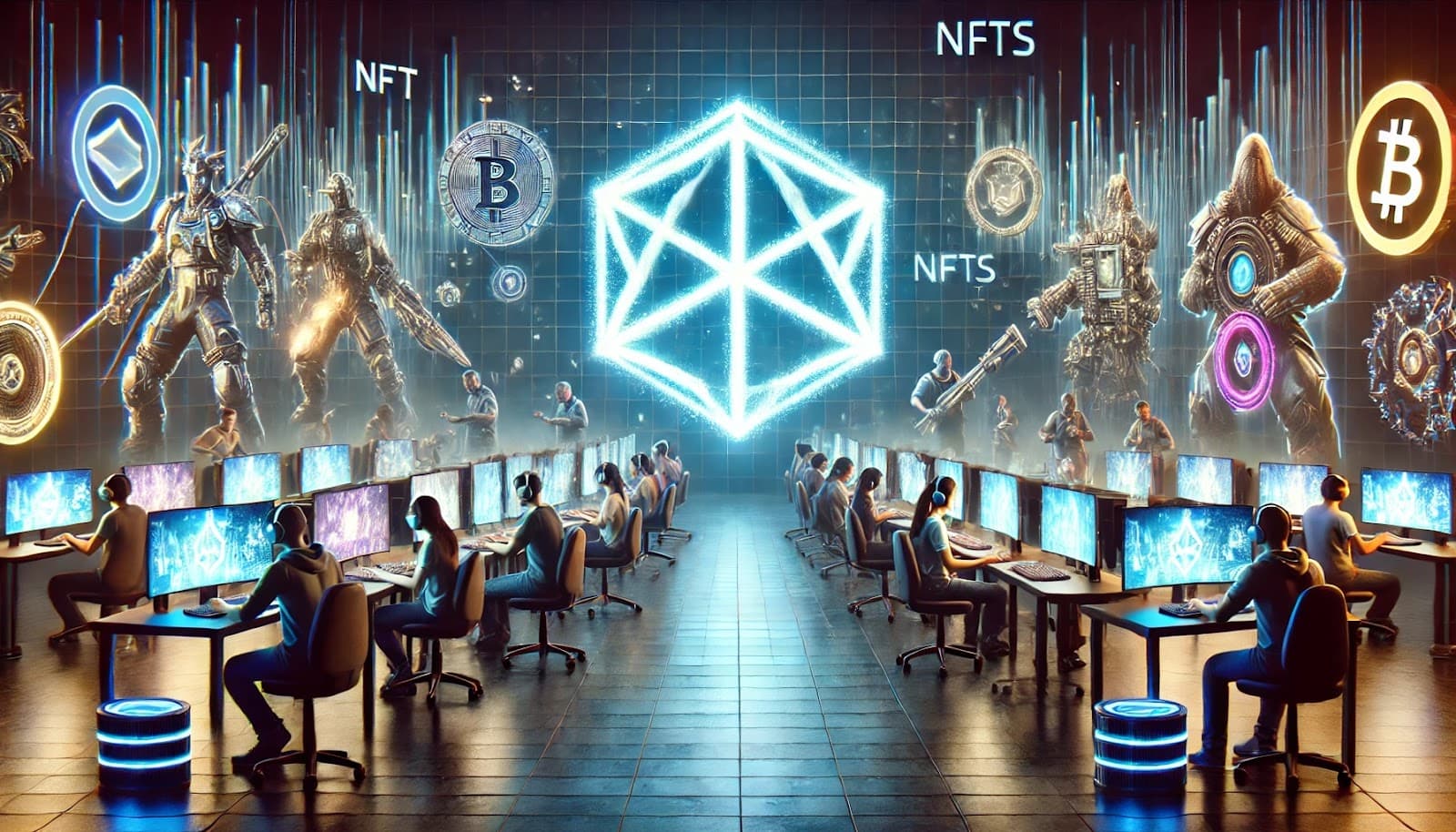The evolution of gaming has undergone significant transformations with the advent of Web3 technology. As the gaming industry strives to offer more complex, immersive, and engaging experiences, scalability has become a critical factor. Web3, which encompasses decentralized technologies and blockchain, presents novel approaches to scalability, enabling games to handle increased user loads, complex interactions, and vast virtual worlds. This article explores how Web3 has revolutionized game scalability and addresses the question, “What is Web3 gaming?”
What is Web3 Gaming?
Web3 gaming refers to the integration of blockchain technology and decentralized principles into video games. Unlike traditional games, which operate on centralized servers and systems, Web3 games leverage decentralized networks to enhance gameplay, ownership, and economic models. Key components include:
- Blockchain Technology: Provides a transparent and immutable ledger for transactions, ownership, and game mechanics.
- Smart Contracts: Automate game functions and transactions, ensuring trustless interactions between players and the game.
- Decentralized Finance (DeFi): Introduces financial elements such as play-to-earn models, liquidity pools, and token economies.
Web3 gaming aims to create more interactive, player-owned, and economically vibrant gaming experiences, with scalability being a crucial aspect of this transformation.
Challenges of Scalability in Traditional Games
Scalability has always been a challenge for game developers, particularly with the increasing complexity of games and the growing number of players. Traditional games face several issues:
- Server Load: Centralized servers can become overwhelmed by high player volumes, leading to lag and downtime.
- Resource Limitations: Managing and scaling infrastructure to support massive game worlds and concurrent users requires significant resources.
- Data Management: Handling vast amounts of player data and interactions can strain server capacities and affect performance.
Web3 Solutions for Enhanced Scalability
Web3 technology offers innovative solutions to address these scalability challenges. Here’s how:
1. Decentralized Networks
Web3 games utilize decentralized networks, where game data and assets are distributed across multiple nodes rather than relying on a single centralized server. This approach reduces the risk of server overload and enhances the game’s ability to handle large numbers of players simultaneously.
- Benefits: Increased reliability, reduced risk of downtime, and enhanced resilience against DDoS attacks.
2. Layer 2 Solutions
Layer 2 scaling solutions, such as rollups and sidechains, operate on top of the main blockchain network to handle transactions more efficiently. They process transactions off-chain and settle them on-chain, significantly improving transaction speeds and reducing costs.
- Examples: Polygon (formerly Matic) provides a Layer 2 scaling solution for Ethereum, offering faster and cheaper transactions.
3. Sharding
Sharding is a method of partitioning a blockchain network into smaller, more manageable pieces called shards. Each shard operates as an independent chain with its own set of transactions and smart contracts. This approach distributes the load and enhances the network’s ability to scale.
- Benefits: Improved transaction throughput and reduced congestion on the main chain.
4. Decentralized Storage Solutions
Decentralized storage networks like IPFS (InterPlanetary File System) and Arweave provide scalable solutions for storing and sharing game data. By distributing data across multiple nodes, these networks alleviate the pressure on central servers and ensure reliable access to game assets.
- Benefits: Enhanced data availability, reduced dependency on centralized storage, and increased resilience.
5. Interoperability
Web3 enables interoperability between different blockchain networks and games. By using cross-chain protocols and standards, players can transfer assets and interact across multiple games and platforms, facilitating a more expansive and scalable gaming ecosystem.
- Examples: Polkadot and Cosmos provide frameworks for interoperability between different blockchains.
Case Studies of Scalable Web3 Games
1. Axie Infinity
Axie Infinity, a popular play-to-earn game, leverages the Ronin sidechain to enhance scalability. By processing transactions off the Ethereum mainnet, Ronin reduces congestion and gas fees, allowing for smoother gameplay and efficient asset transfers.
2. Decentraland
Decentraland utilizes decentralized storage and Layer 2 solutions to manage its virtual world. By distributing assets and data across multiple nodes and optimizing transaction processing, Decentraland supports a vast and interactive virtual environment.
3. The Sandbox
The Sandbox employs a combination of decentralized storage and Layer 2 scaling solutions to create a dynamic virtual world. Its scalable infrastructure supports a growing user base and a complex in-game economy.
Future Trends in Web3 Game Scalability
As Web3 technology continues to advance, several trends are likely to shape the future of game scalability:
- Enhanced Layer 2 Solutions: Ongoing development of Layer 2 technologies will further improve transaction speeds and reduce costs.
- Advanced Sharding Techniques: Innovations in sharding will enhance blockchain scalability, supporting more complex and expansive games.
- Increased Interoperability: Greater cross-chain compatibility will enable seamless asset transfers and interactions across multiple games and platforms.
The integration of Web3 technology has marked a significant evolution in game scalability, addressing many of the challenges faced by traditional games. By leveraging decentralized networks, Layer 2 solutions, sharding, and decentralized storage, Web3 games can support larger player bases, more complex interactions, and expansive virtual worlds. Understanding what Web3 gaming entails and the solutions it offers is crucial for developers looking to build scalable and immersive gaming experiences. As the Web3 ecosystem continues to grow, scalability will remain a key focus, driving innovation and enhancing the overall gaming experience.




